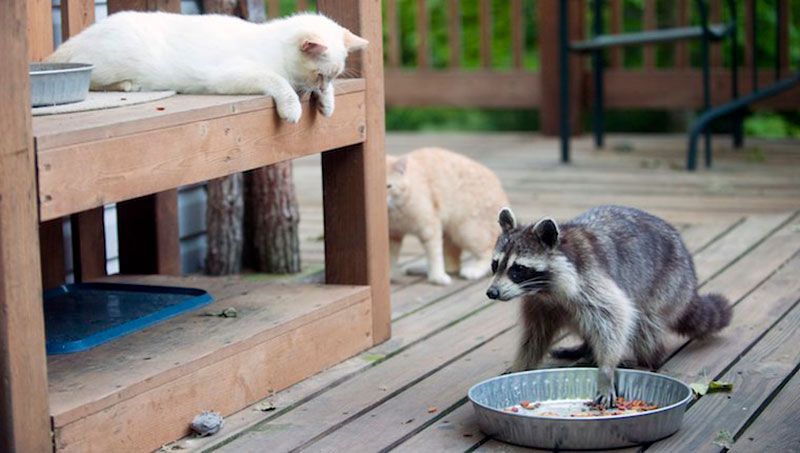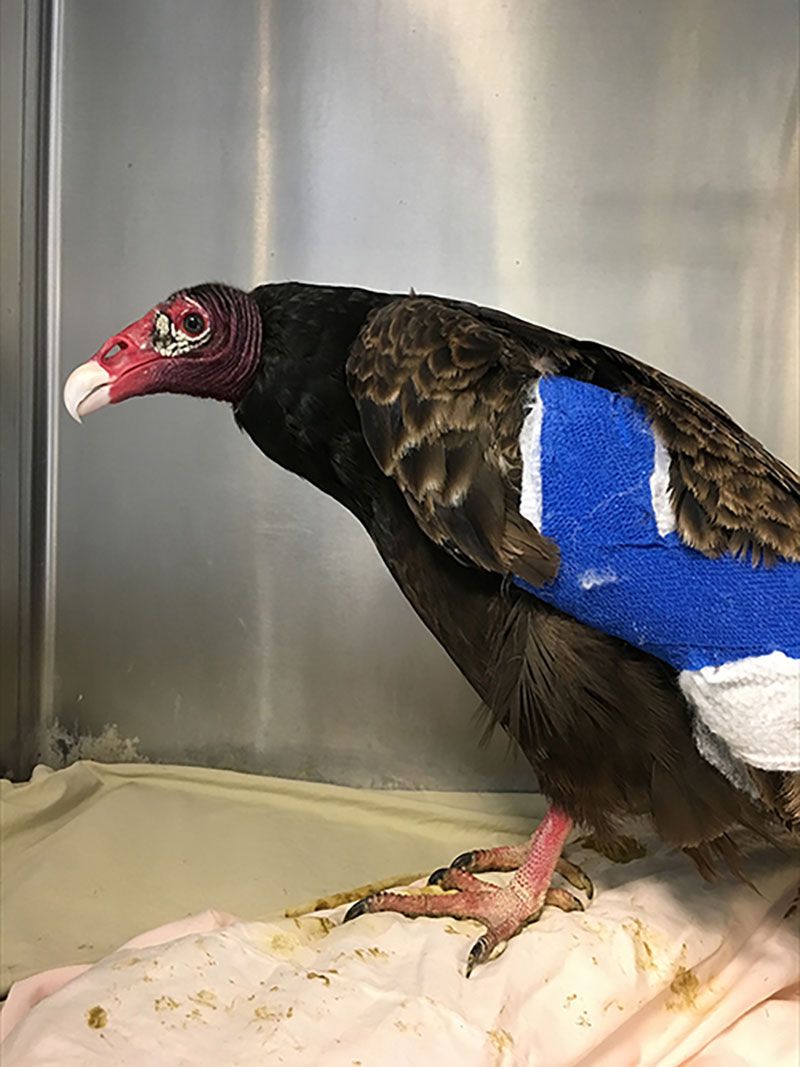The right response to wildlife calls
August 29, 2018

This is the second in a series of three blogs showcasing how our Wild Neighbors partners have implemented one of the criteria of our Wild Neighbors pledge.
“I need a trap for this raccoon so he’ll stay out of my trash cans!”
That’s a common request we receive through our field services emergency line here at Humane Rescue Alliance in Washington, D.C . We hold the animal control contract for the city. Wildlife calls make up more than 30 percent of our total call volume, and that percentage has been growing every year.

Early in our history, our response might have included going out and collecting a trapped raccoon, then bringing him back to the shelter to be euthanized. Not only was that common practice among animal control agencies, it was expected by our residents. But years ago we examined this practice and recognized that not only did it not match our mission, it didn’t help resolve wildlife conflicts—it only resulted in the unnecessary killing of wild animals. So we changed that practice and committed to our role in the community: providing humane and effective solutions to wildlife conflicts. We also established a policy stating that wildlife living in D.C. deserve the same level of protection as domestic animals. This policy helps guide our response to wildlife conflicts and how we advocate for wildlife and teach the public how to most effectively address wildlife issues they may face.
The field services team—dispatchers, animal control officers and me, the wildlife specialist—all work diligently to keep wildlife from unnecessary harm. Now, as a proud Wild Neighbors Partner, we use the training and resources that the Humane Society of the United States has made available. We also provide feedback to the HSUS staff managing that program on what works for us and how we implement effective policies and responses to wildlife issues. Providing this feedback helps them build better resources for the entire animal care and sheltering community. As I have learned by answering phone calls and completing on-site visits, a key to effective response is just taking the time to inform people about wild animal behavior so that they understand most wild animals don’t pose any danger to them. Once we share a little bit of information, we find that the public is much more receptive to the presence of wildlife in their backyard.

Like residents in so many other communities, our residents don’t always know how to coexist with wildlife. In D.C., wildlife are considered to be in their natural habitat as long as they’re not in the living space of a home or building. So if a resident’s call is something like “There are two turkey vultures flying around in my room,” animal control will respond, capture and remove the animals and release them if they’re healthy. Wild animals in the city are looking for food and denning and nesting spots, and they’re finding them—whether we like it or not. Of course we don’t want raccoons, squirrels or opossums hiding under beds, eating food from kitchen cabinets or sleeping in bathtubs (and yes, HRA has responded to all of these situations). But we also don’t want residents using “control” methods that don’t work or only make the problem worse. Trapping is usually the culprit here—it’s often just treating the symptom rather than dealing with the root cause of the problem. Inspecting and closing the openings on the house and removing access to trash and other attractants is key to preventing unwanted guests.
Every wildlife call presents a mystery to be solved and an opportunity to share information with our residents. Asking the right questions helps us get a complete picture of what the caller is observing and experiencing. More often than not, some simple, direct questions help determine the kind of wildlife the resident is dealing with, and that allows HRA’s team to offer effective solutions. Every day we respond to wildlife calls with the mission to serve the public and all the animals of the District. I always look forward to the next mystery to be solved and finding the right solution. It’s only part of my job, but it’s by far the most rewarding.

